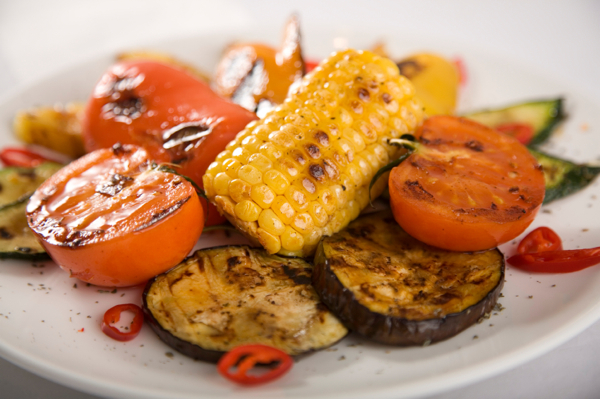

Vegetables are without doubt an important part of the Spanish diet. Not everything in Spanish food is made of meat and there are several options that are delicious and without the high caloric value that most meat dishes have. So vegetarians fear not, as there are plenty of Spanish dishes that you can enjoy.
Spain is considered to be "Europe's orchard", and justly so, as there are several regions whose activity is mainly agricultural, such as Galicia, Extremadura and Andalusia. There are also several vegetables that have designation of origin, which means they can only be produced in a specific area of the country under very strict conditions.
However not all of the ingredients we find in some of the typical dishes from Spain are actually Spanish. A lot of the ingredients we now consider to be staple foods in Europe, actually only arrived on the continent after the discovery of the Americas at the end of the 15th century. Potatoes, peppers and tomatoes all came from across the Atlantic and it took them many years before they creeped into Spanish cooking. Nowadays we can't imagine Spanish food without them. If you want to find out more about which ingredients came from South America, you can always check out our page 'New World, New Ingredients'.
Many of the Spanish vegetable dishes you will find in Spain were often invented by some of the poorest people in Spain. In the past, people would rely on the ingredients that they happened to have around them, or that they grew on their farms. This meant that recipes would vary from region to region, and household to household. Seasonal vegetables were also commonly used therefore, making Spanish vegetable dishes extremely good for you. Furthermore, vegetables that are in season tend to be relatively inexpensive, making Spanish vegetable dishes a great option for those people who want to enjoy some great Spanish food, albeit on a tight budget.
Spanish vegetable dishes are also therefore very flexible and their recipes are easily adapted to the ingredients at hand. The majority of them can also have meat added to them to give more substance, meaning that you have two dishes from one recipe. As you will surely see when you visit a Spanish restaurant in Spain, these dishes also work well as main dishes as well as starters and even appetizers.
Different Spanish vegetable and salad dishes were made with different purposes. For example, a lot of the hearty, warm vegetable casseroles were clearly made for consumption during the winter months as they are both filling and contain all the nutrients needed to sustain people throughout the cold period. However, colder dishes and salads such as pipirrana were made for the opposite reason. These refreshing dishes were clearly designed to refresh people on long hot days. As with some of the cold soups featured here on Spanish Food, they served both to hydrate and nourish people, especially if they had been out working long hours in the Spanish countryside.
Of course, you don't need to be a farm labourer to appreciate the nutritional quality of these vegetable and salad dishes. However, some of the best versions of these dishes may well be found in some of the more rural parts of Spain, such as the northern region of Galicia, or the southern region of Murcia. Wherever you decide to go though, make sure you try some of the great Spanish vegetable dishes.
Nowadays most dishes are made using olive oil instead of animal fat, which makes it much more healthy and tasty and many tapas are strictly made with vegetables and no animal products. This also means that they are great for both vegetarians and vegans, as well as for those who are watching their weight. If you take a Spanish course in Spain we recommend you ask the locals as to which restaurants serve the best vegetable dishes.
Below you can find the links to some of Spain's most popular salads and vegetarian dishes. On these pages you will find out more about the history and creation of these dishes, as well as some quick and simple recipes for you to try at home.